The department infrastructure for teaching learning process encompasses a total area of 2450 sq. m. The classrooms are equipped with projectors to aid in audio-visual teaching. All department projectors are supported by central UPS. In addition, the seminar hall has been fitted with a microphone and speaker system to accommodate an audience with seating capacity of 120 over a floor area of 175.51 sq. m.
Bachelor of Engineering in Chemical Engineering
-
Ten Faculty Rooms with a floor area of 103 sq. m
-
Four Class Rooms with a floor area of 187.5 sq. m
-
One Computer Lab with a floor area of 126 sq. m
-
One Library with a floor area of 126 sq. m
Lab Facilities
-
Process Heat Transfer Laboratory | Area: 157.5 sq. m
This lab has been designed to help the students to acquire the following skills:
-
Recognize modes of heat transfer
-
Explain heat flux, thermal resistances and temperature profiles for various geometries
-
Predict and estimate the properties, heat transfer co-efficient and dimensions of components of heat exchange equipment
-
Select appropriate materials, geometry and flow pattern in various heat transfer applications
-
Design heat transfer equipments and components for various applications
Momentum Transfer Laboratory | Area: 128 sq. m
This lab has been designed to help the student acquire the following skills:
-
Identify the various types of fluid and explain its flow behavior
-
Analyze the fluid flow in different conduits, open channels and estimate energy requirements
-
Predict time of emptying tanks
-
Evaluate factors influencing fluid flow pattern
-
Obtain functional relationships using dimensional analysis
Process Dynamics & Control Laboratory | Area: 103.5 sq. m
This lab has been designed to help the student acquire the following skills:
-
Formulate dynamic models based on fundamental laws and analytically solve near dynamic models of first and second order system
-
Understand the different modes of control system and components of control system
-
Analyze the response of controllers for various types of inputs
-
Determine the stability of a closed-loop feed-back control system
Mass Transfer Laboratory | Area: 105 sq. m
This lab has been designed to help the student acquire the following skills:
-
Identify suitable equipment for gas-liquid, liquid- liquid and liquid-solid contacts
-
Understand the concepts of stage operations
-
Understand the working principles and constructional details of mass transfer equipments
-
Design equipments for mass transfer operations
Particulate Technology Laboratory | Area: 102.5 sq. m
This lab has been designed to help the student acquire the following skills:
-
Analyze particle size of coarse, medium and fine sized particles
-
Choose appropriate equipment for size reduction and estimate power requirements
-
Determine the settling velocity of particles in fluids and design thickeners
-
Estimate power requirements for agitation and mixing equipments
-
Reaction Engineering Lab | Area: 104 sq. m
This lab has been designed to help the student acquire the following skills:
-
Explain the kinetics of reactions and Interpret the kinetic data
-
Analyze batch, plug flow and mixed flow reactors for single/multiple reactions
-
Recognize non-ideality in reactors
-
Evaluate the performance of non-isothermal reactors for single reactions
Laboratory for project work | Area: 66 sq. m
This lab has been designed to help the student acquire the following skills:
-
Establish links across different areas of knowledge and to generate, develop and evaluate ideas and information so as to apply these skills to the project task.
-
Communicate effectively, present ideas clearly and coherently to a specific audience in both the written and oral rms.
-
Collaborate through working in a team to achieve common goals.
-
Learn on their own, reflect on their learning and take appropriate action to improve it.
-
Prepare schedules and budgets along with the guide to keep track of the progress and expenditure.
Department of Chemical Engineering has enough tutorial/class rooms with all of them equipped with projectors. Department also has a Seminar Hall. There are well equipped laboratories having research infrastructure with interdisciplinary labs to emphasis on holistic learning of students.
Students and faculty have intranet access to various online resources such as
Skillport learning gateway (https://is024.skillport.com)
Springer link (www.link.springer.com)
Science Direct (http://www.sciencedirect.com/science/journals/a/full-text-access)
Taylor & Francis (http://www.tandfonline.com)
E-books: Cambridge University Press, Karvin Solutions
Nptel video repository
Softwares
-
Unisim Simulation Package
-
Ansys Simulation Package
Department Laboratories
|
Laboratory |
View |
|
Momentum Transfer Laboratory |
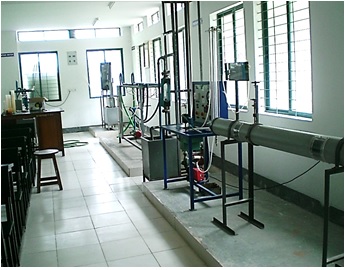 |
|
Heat Transfer Laboratory |
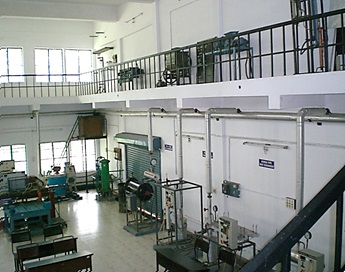 |
|
Reaction Engineering Laboratory |
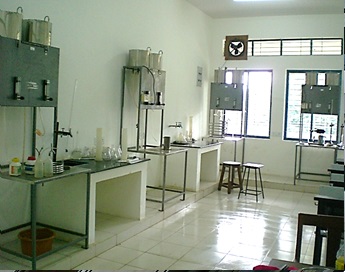 |
|
Process Dynamics and Control Laboratory |
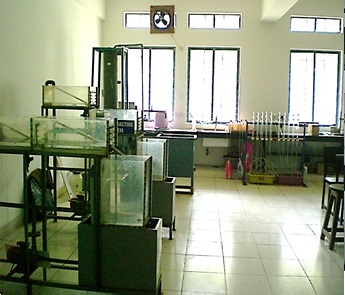 |
|
Bulk Solids Blending Laboratory – Nauta Mixer |
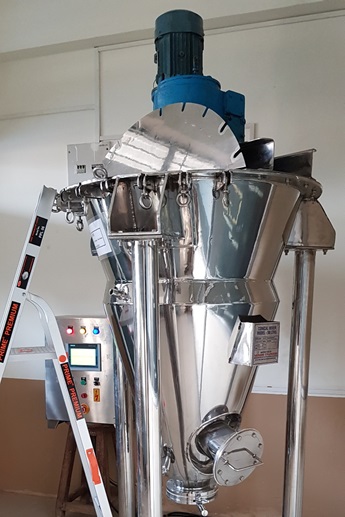 |
|
Municipal solid waste segregator |
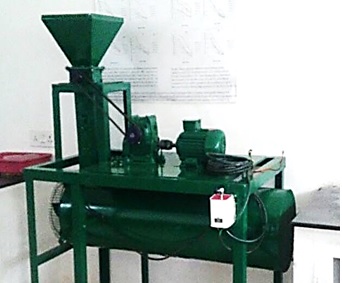 |
|
Nano material Synthesis Laboratory Fumehood |
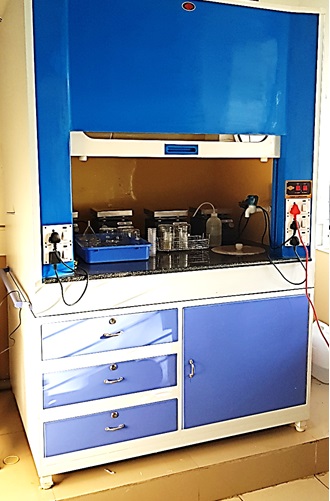 |
|
Water Quality Testing Laboratory – LED Fluorimeter for uranium analysis |
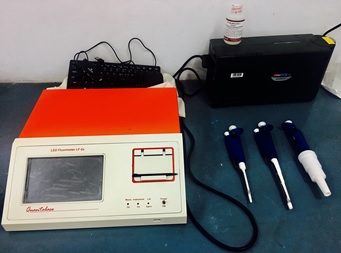 |
|
Water Quality Testing Laboratory - Flouride ion-selective electrode |
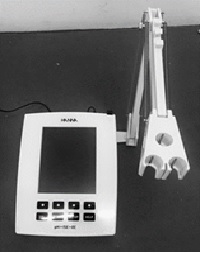 |
|
Dead End Filtration Setup |
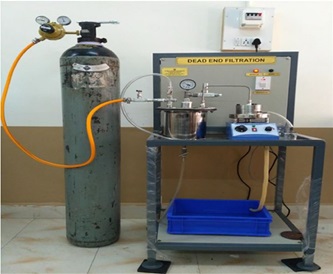 |
